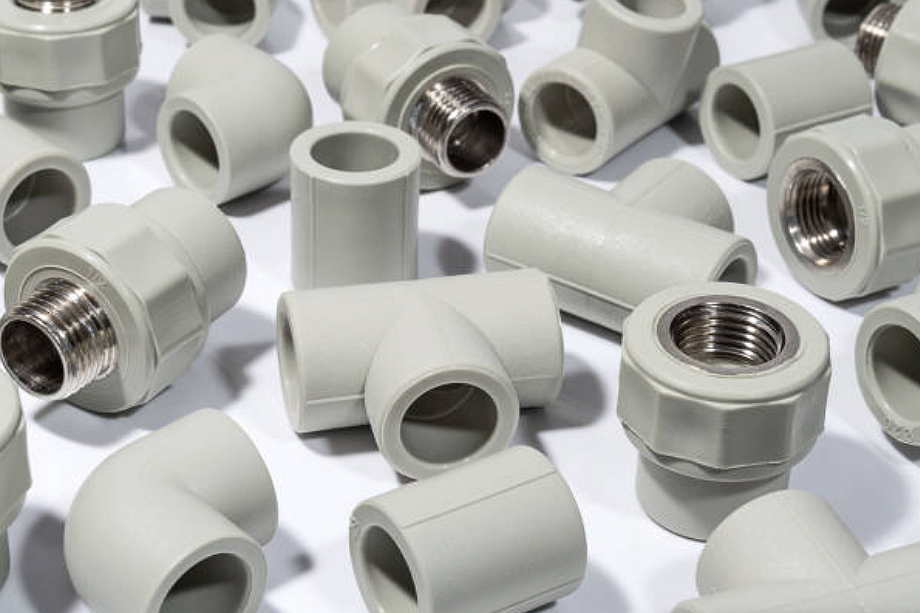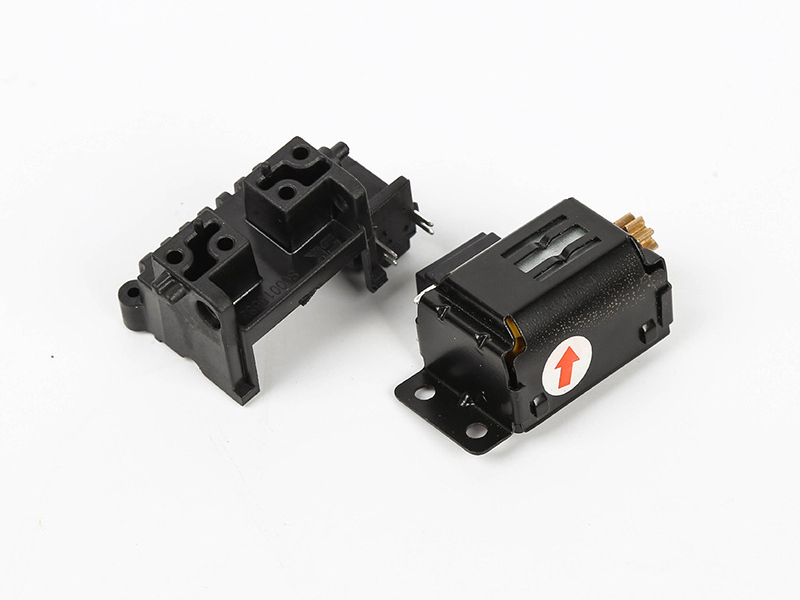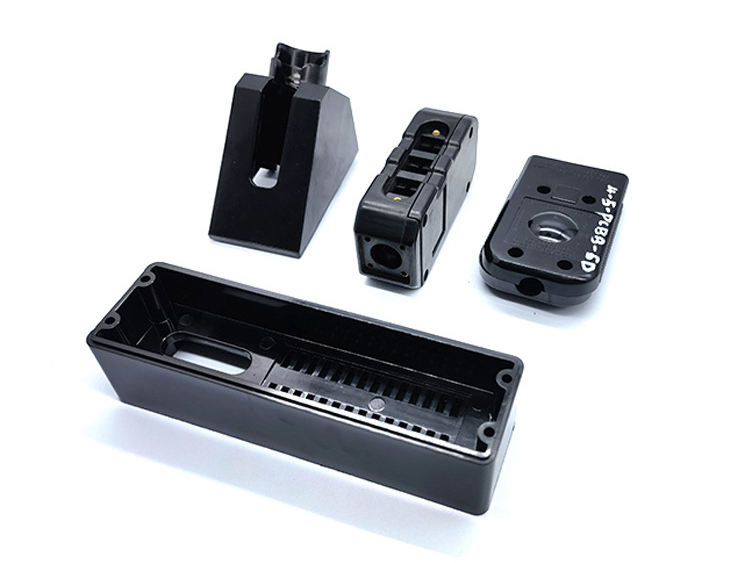What types of inserts can be used in Insert Molding?
Integrating Strength and Functionality Through Insert Molding
Insert molding combines the versatility of plastic injection molding with the functional benefits of embedded materials. In this process, pre-formed inserts—typically metal or ceramic components—are placed into the mold before molten plastic is injected around them. The result is a single, cohesive part that eliminates secondary assembly operations while improving structural integrity, electrical performance, or fastening capability.
1. Metal Inserts for Mechanical Strength
Metal inserts are the most common choice due to their superior strength and wear resistance. Brass, stainless steel, aluminum, and copper are frequently used for threaded inserts, shafts, and reinforcement pins. In automotive or power tool components, these metal inserts ensure high torque resistance and reliable fastening under mechanical stress. Inserts produced through precision casting or CNC machining prototyping deliver tight tolerances and excellent surface finishes, ensuring precise fit and alignment within the plastic body.
2. Electrical and Electronic Inserts
For consumer electronics and telecommunication devices, conductive inserts such as copper, nickel, or plated steel are integrated for grounding, shielding, or terminal connections. Gold-plated or nickel-based alloy inserts provide enhanced corrosion resistance and reliable conductivity in humid or high-frequency environments.
3. Ceramic and Composite Inserts
In applications requiring high wear resistance or electrical insulation, such as medical device housings or high-temperature connectors, ceramic inserts made through ceramic injection molding (CIM) are ideal. Materials such as alumina (Al₂O₃) and silicon nitride (Si₃N₄) exhibit dimensional stability and dielectric strength, making them suitable for use in insulating or high-wear components.
4. Plastic and Polymer Inserts
In some designs, pre-molded plastic inserts—such as those made from polycarbonate (PC) or nylon (PA)—are used to create multi-material structures without the need for bonding agents. These inserts allow for color differentiation, flexibility zones, or optical clarity in overmolded housings.
5. Advanced Custom Inserts
Custom-engineered inserts, including those produced through metal injection molding (MIM) or powder compression molding (PCM), enable precise integration of miniature, high-strength components. They are often used in aerospace or micro-mechanical assemblies that require extreme dimensional precision and thermal resistance.
Ensuring Optimal Bonding and Alignment
To achieve reliable encapsulation, the accuracy of insert placement and mold design are critical. Inserts may require preheating or surface treatments, such as electropolishing or plating, to enhance adhesion with thermoplastics. Collaborating with an experienced custom parts manufacturing service ensures tight process control, efficient cycle times, and consistent bonding strength.



